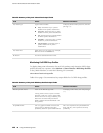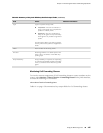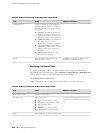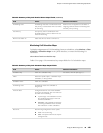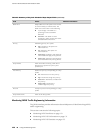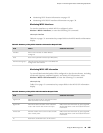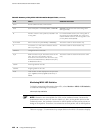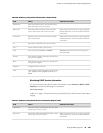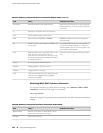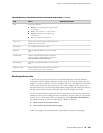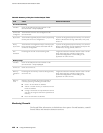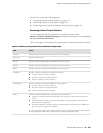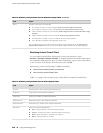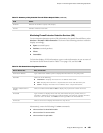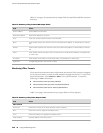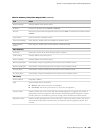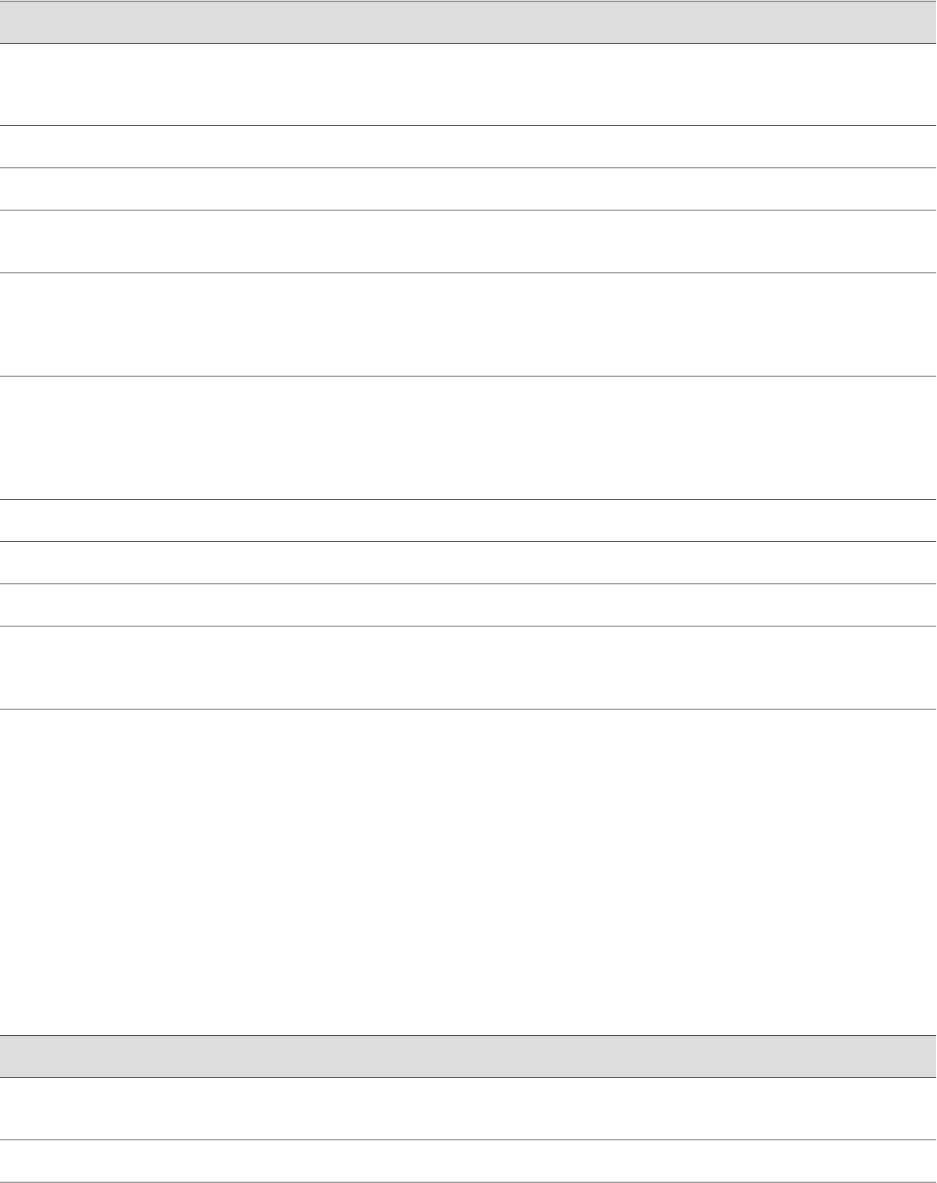
Table 67: Summary of Key RSVP Session Information Output Fields (continued)
Additional InformationValuesField
MPLS learns this information by querying RSVP,
which holds all the transit and outbound session
information.
Information about transit RSVP sessions.Transit LSP
Destination (outbound router) of the session.To
Source (inbound router) of the session.From
AdminDn indicates that the LSP is being taken
down gracefully.
State of the path: Up, Down, or AdminDn.
State
For inbound RSVP sessions, the routing table is
the primary IPv4 table (inet.0). For transit and
outbound RSVP sessions, the routing table is the
primary MPLS table (mpls.0).
Number of active routes (prefixes) installed in the
routing table.
Rt
This field is used for outbound and transit LSPs
only.
RSVP reservation style. This field consists of two
parts. The first is the number of active
reservations. The second is the reservation style,
which can be FF (fixed filter), SE (shared explicit),
or WF (wildcard filter).
Style
Incoming label for this RSVP session.Labelin
Outgoing label for this RSVP session.Labelout
Configured name of the LSP.LSPname
Total number of RSVP sessions displayed for the
particular type—ingress (inbound), egress
(outbound), or transit).
Total
Monitoring MPLS RSVP Interfaces Information
To view the interfaces on which RSVP is running, select Monitor>MPLS>RSVP
Interfaces, or enter the following CLI command:
show rsvp interface
Table 68 on page 134 summarizes key output fields in the RSVP interfaces information
display.
Table 68: Summary of Key RSVP Interfaces Information Output Fields
Additional InformationValuesField
Number of interfaces on which RSVP is active.
Each interface has one line of output.
RSVP Interface
Name of the interface.Interface
134 ■ Using the Monitoring Tools
J-series™ Services Router Administration Guide



